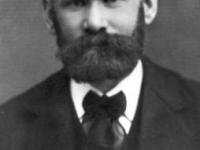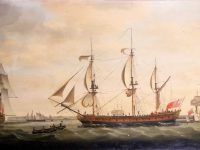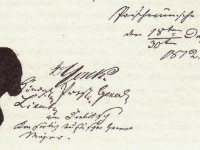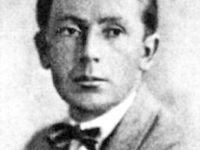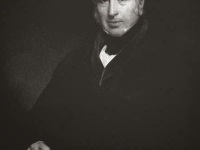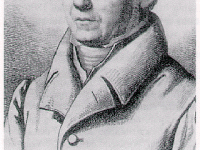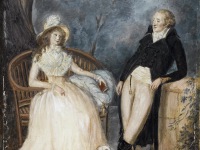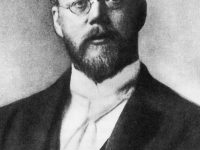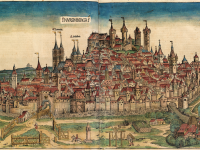Agner Erlang and the Mathematics of Telecommunication Traffic
On January 1, 1878, Danish mathematician, statistician and engineer Agner Krarup Erlang was born, who invented the fields of traffic engineering and queueing theory. He developed mathematical theories applying the theory of probability, while working for the Copenhagen Telephone Company. He provided significant insights for planning the operation of automatic telephone exchanges that proved so useful that his formulas were used by telephone companies in other countries. Agner Erlang – Youth and Education…
Read more











